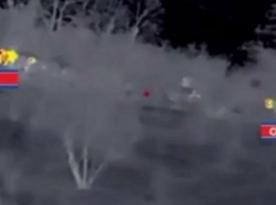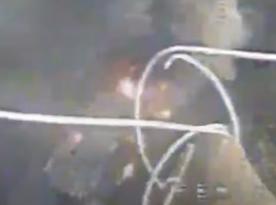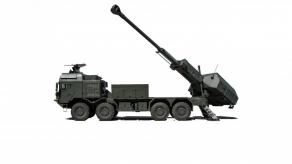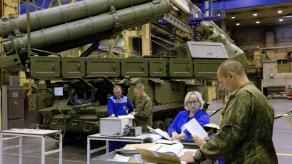During Operation Rising Lion, the Israeli Air Force has effectively gained full freedom of action in iranian airspace and begun systematic strikes against targets across Iran’s military-industrial complex—not limited solely to nuclear-related facilities.
According to the IDF, on the night of June 18, an airstrike hit a centrifuge production site in Tehran used for uranium enrichment. Simultaneously, several other facilities involved in producing components and raw materials for surface-to-surface ballistic missiles and surface-to-air missiles were also targeted.
Read more: Kizilelma UAV with Ukrainian Engine to Down Shaheds Without Risk to Pilots
As previously reported by Defense Express, these developments are significant for Ukraine, since Iran is a key supplier of weapons and components to russia. Moreover, given these strikes on missile production, it’s reasonable to expect further Israeli attacks on long-range drone manufacturing sites—drones that Iran has used not only against Israel but also exported for russian use in Ukraine.
This broad freedom of target selection and air activity has become possible due to Israel’s successful suppression of Iran’s air defense system. Official reports state that in recent days, five separate waves of attacks specifically targeted Iran’s air defense infrastructure.
As of June 17, the IDF announced the destruction of over 70 Iranian surface-to-air missile (SAM) systems. While precise figures on iran’s air defense inventory are unknown, this number likely represents the majority—if not the entirety—of Iran’s SAM batteries.
Footage released from the operation shows that Israel now has full control over Iran’s skies, with reconnaissance UAVs maintaining continuous surveillance—even over Tehran. One video shows the destruction of a Ra’ad missile launcher, an iranian variant of the Buk system.
This Israeli air campaign bears strong resemblance to Azerbaijan’s actions during the Second Nagorno-Karabakh War—albeit with one crucial difference: these Israeli airstrikes are being conducted from over 1,500 km away.
At the same time, signs are pointing toward potential U.S. involvement in the near future. The U.S. Air Force may be preparing to deploy its unique GBU-57 MOP (Massive Ordnance Penetrator) bombs, designed for deep underground strikes.
Read more: How Iran Acquired Its MiG-29s and Su-24s, How the MiG-31 Rumors from russia Emerged, and Why It Was All in Vain














